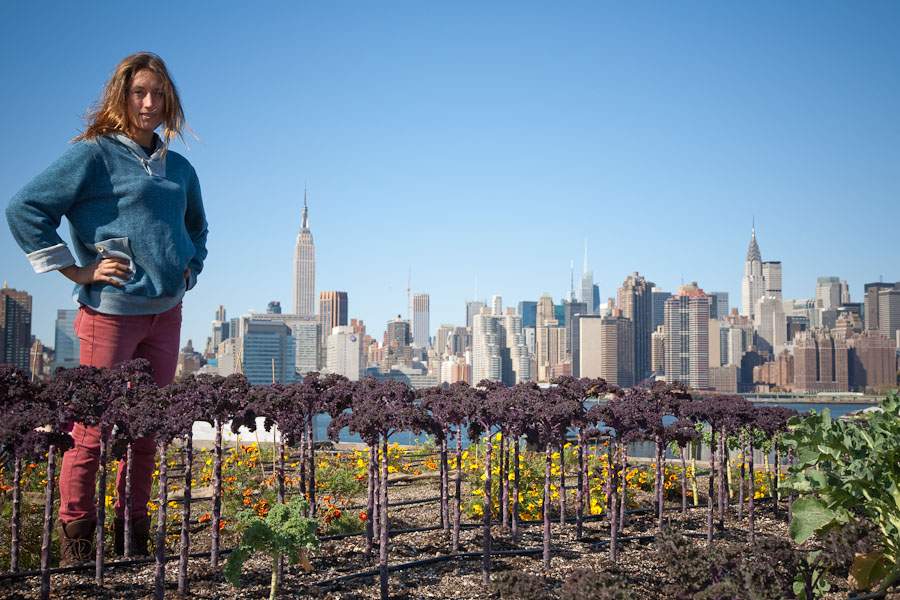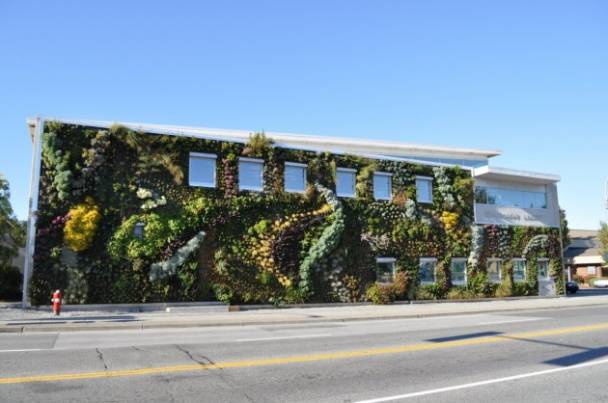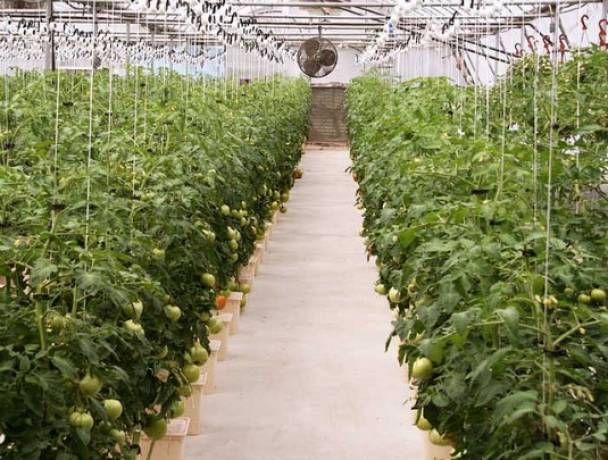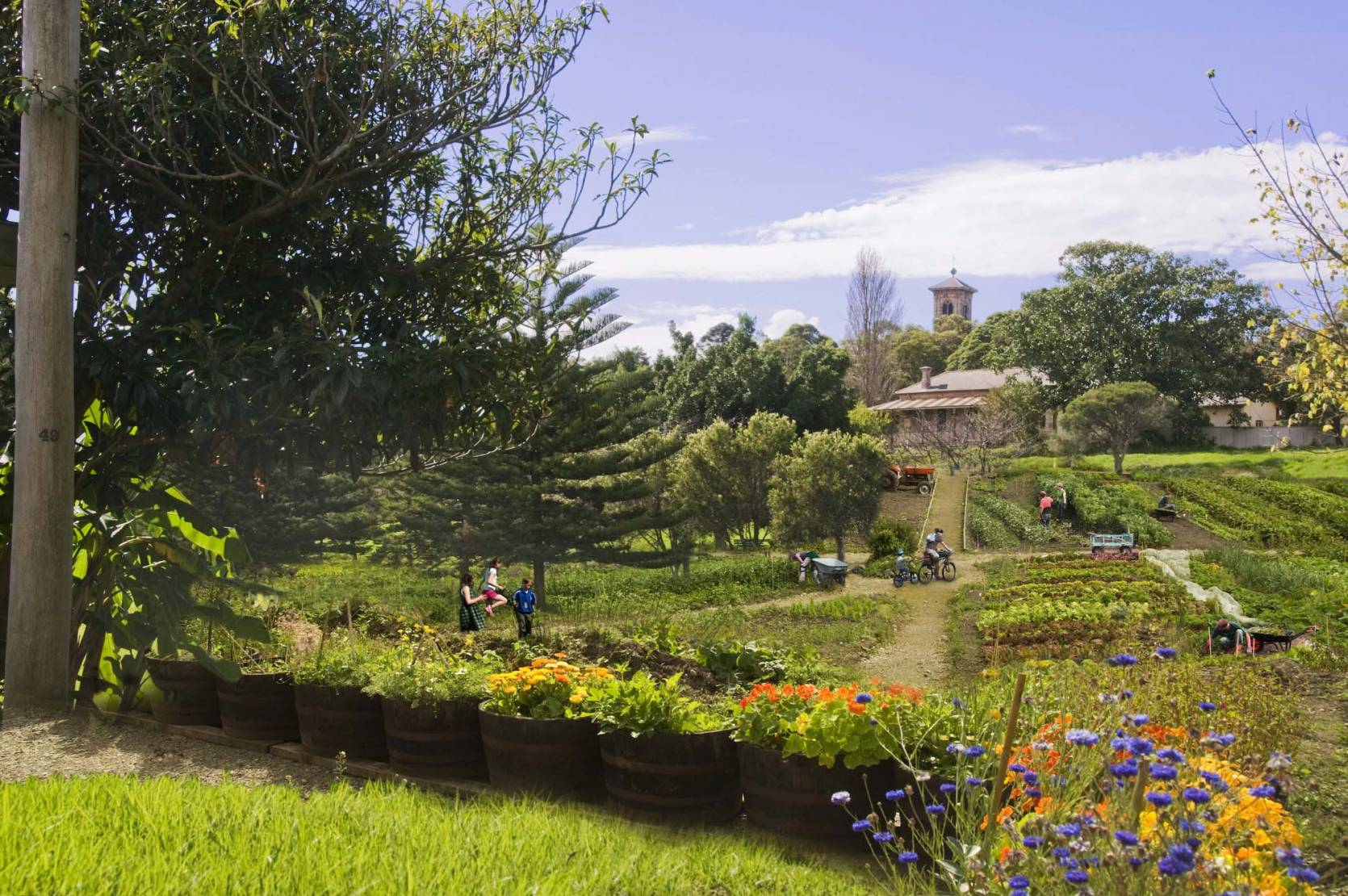Urban Farming Continues to Grow Around the World
Urban farms offer city dwellers a chance to green up their cities and get their hands dirty in the process.
For most urban dwellers, the dream of growing our own fruit and vegies is appealing but severely limited by the reality of small backyards or even smaller balconies. Our poor little green thumbs are restricted to watering potted herbs and, if we are lucky, a communal lemon tree. Yet the desire to get our hands dirty, and the ever-increasing need to provide ourselves and communities with fresh fruit and vegies, remains.
So it really is of little surprise that local community gardens and urban farms have taken off, both in Australia and around the globe. In cities as diverse as Seattle and Singapore, these new gardens have provided their local communities with a multitude of benefits — fresh(er) air, social contact and the opportunity to grow food in a healthy, cost effective and sustainable way.
These little green spots have also caught the attention of environmentally conscious businesses and NGOs. In New York, for example, Brightfarms have developed hydroponic greenhouses, which can be used by local supermarkets to supply their customers with fresh, tasty and environmentally friendly produce. In London, Mudchute Farm, one of the UK's largest urban farms, offers East Londoners are well-earned respite from city living. In Vancouver, design firm Green Over Grey have installed North America's largest green wall on the side of Semiahmoo Library. And here in Sydney, Leichhardt Council has agreed to a proposal by Sydney City Farm to reconvert part of the site at Rozelle's Callan Park into a city farm, complete with a sustainable living centre dedicated to providing educational programs and events on how to eat (and live) in harmony with the surrounding environment.
And once the NSW government get behind the plans, it will be time for Sydneysiders to get the gardening gloves out.








